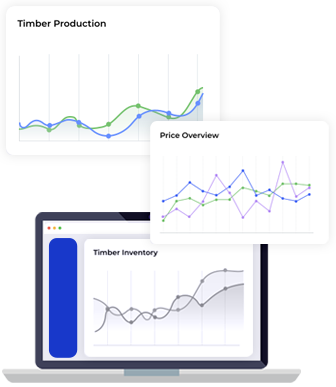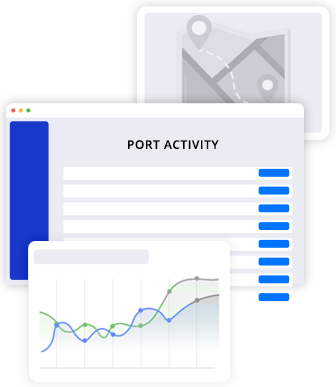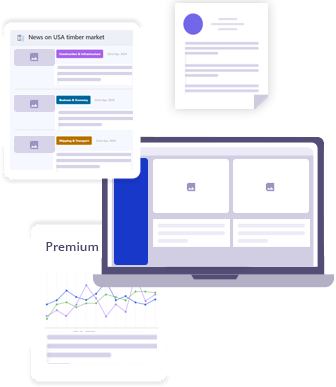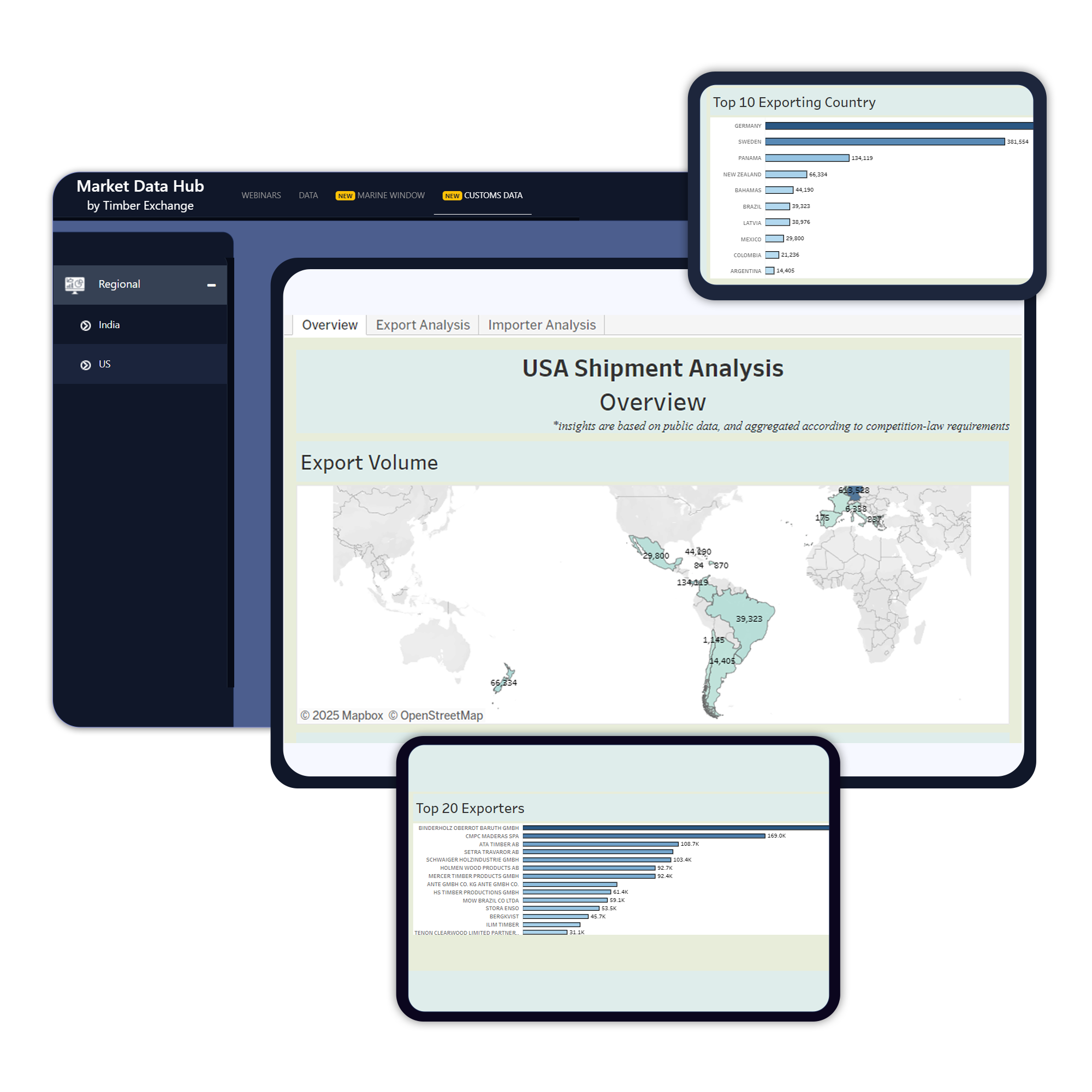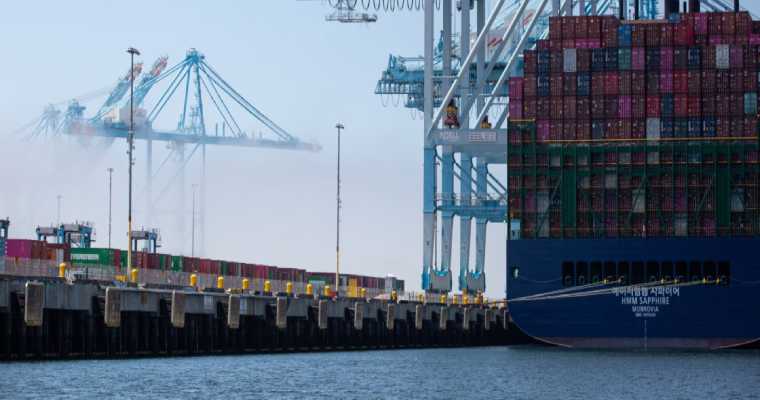
Northern Europe faces major port bottleneck with dozens of ships still en route
Posted on May 7, 2025 |
Northern European ports are experiencing severe congestion, especially in Antwerp, where yard space is at 96% capacity and reefer plugs are overloaded at 112%.
Nearly half of arriving vessels are waiting for a berth, with 52 more containerships en route, adding further pressure.
Bremerhaven in Germany is also impacted, with about 30% of ships facing delays.
Major ports like Rotterdam, Felixstowe, London Gateway, and Southampton are congested due to vessel diversions from the continent, increasing their volume load.
Industry insiders warn that record-high containership capacity is being lined up to handle US-bound goods from China, expected to arrive in 50–60 days.
If terminal congestion continues, major disruptions are likely once these goods hit ports.
In response to tariffs under Trump, carriers have removed 8.6% of capacity on Asia–North America west coast routes.
Since April, 27 ships (about 200,000 TEU) have been pulled from the US west coast trade.
Much of this spare capacity has been shifted to Asia–Europe and Mediterranean routes, adding further strain to European terminals.
